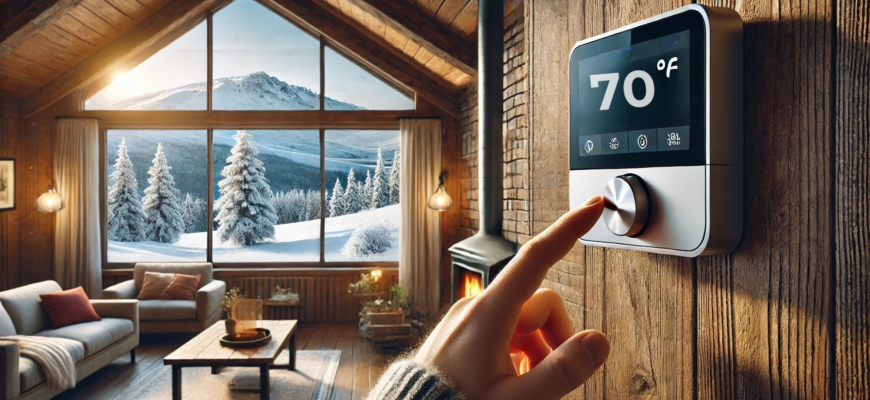- February 10, 2025
- in Home Services
- by Elmary Dela Cruz
- 1638
- 0

Winter is no joke, especially in Grand County, Colorado, where freezing temperatures, heavy snowfall, and harsh winds can take a serious toll on your home. But when exactly should you start preparing for the cold? At what temperature should you winterize your house? The answer depends on a few factors, including where you live, how your home is built, and whether you plan to stay in it during the winter. Let’s break it down so you know when and how to start winterizing your home before it’s too late.
If you live in a place like Grand County, where temperatures often dip well below freezing, winterization should start before the first frost. The general rule of thumb is:
Bottom line: If you haven’t winterized your home by the time temperatures hit 40°F, you’re cutting it close!
If you own a second home or cabin in Grand County that will be vacant for the winter, winterization is critical.
Winter in Colorado can be unpredictable, and waiting too long to winterize can lead to costly repairs, burst pipes, and high energy bills. Start early when temperatures start to drop below 50°F and take action before freezing weather sets in.
Need help to winterize your home? Wheatley Creek Services offers professional house checks, handyman services, and winterization solutions to keep your home protected all season long.


